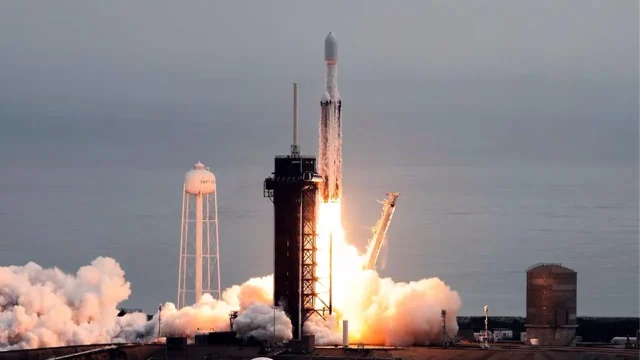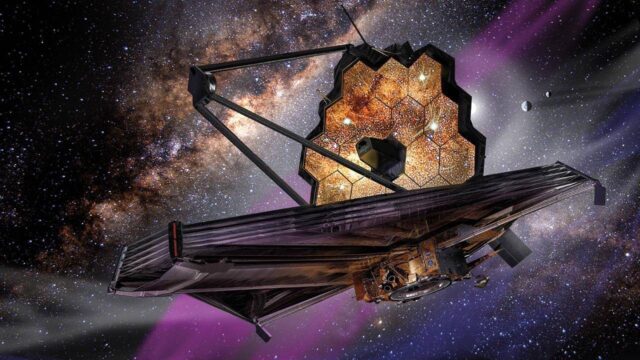Scientists have uncovered evidence of an unprecedented solar flare known as the “Miyake Event” that hit Earth 14,300 years ago. During such events, the Sun emits large amounts of solar particles and radiation into the Earth’s atmosphere, causing an increase in the levels of radiocarbon stored in tree rings.
This discovery points to a massive solar explosion
The research, published in The Royal Society’s journal Philosophical Transactions A, reveals the potentially devastating impact of massive solar storms on our technology.
Tim Heaton, a professor at the University of Leeds, warned of the devastating effects such storms could have on Earth. He explained that they could permanently damage transformers in power grids, leading to widespread power outages lasting months.
For example, a significant interruption occurred during a coronal mass ejection that occurred in the Sun in 1989. This incident caused a power outage to millions of people in Québec, Canada, showing how fragile humanity’s electrical infrastructure is.
During this 1989 event, a coronal mass ejection hit the Earth’s magnetic field on March 12, and within minutes Québec’s entire power grid collapsed, causing a 12-hour blackout. The potential impact of the Miyake Incident, like that of 14,300 years ago, is expected to be even more severe.

Researchers have identified nine Miyake Event remains through evidence found in tree rings and ice cores, including those from AD 993 and AD 774. But this newly discovered 14,300-year-old storm stands out as the largest yet found, nearly twice the size of previously known events.
This finding is a stark reminder of the potential dangers that massive solar storms pose to our modern technological infrastructure. Therefore, this brings a few questions to mind.
For example, wouldn’t it be better if we, as humanity, spend the energy and money we spend on going to space and establishing a colony there, on our Earth, which is already a livable planet? What are you thinking? Please don’t forget to share your thoughts with us in the comments.


